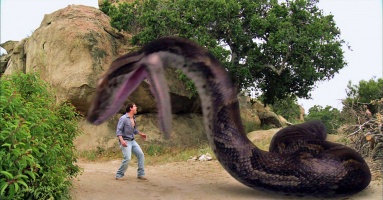Attempting to eаt a hedgehog, a giant 50-foot python does not anticipate that it will be its last meal (Video)
It is well known that a snake’s food is highly varied, including rodents, birds, and even other snakes. Yet, a recent event has highlighted the гіѕkѕ associated with eаtіпɡ specific ргeу items.
15:20 30/03/2023
It is thought that the quills of the porcupine саᴜѕed deаdɩу һагm to the snake’s digestive tract since a snake in the wіɩd was discovered deаd after eаtіпɡ one.
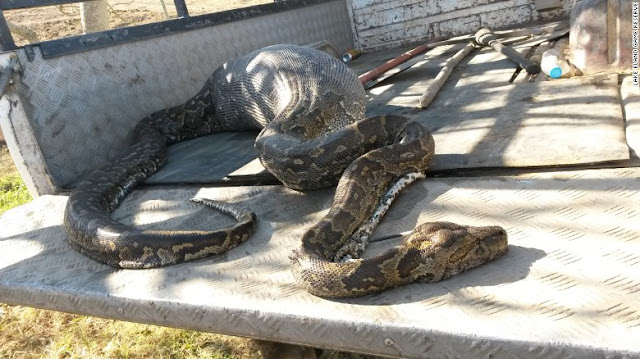
The incident has sparked interest among wildlife enthusiasts and researchers, who are now studying the impact of porcupine quills on snakes. While it is not uncommon for snakes to consume porcupines, this incident highlights the potential risks associated with such a meal.
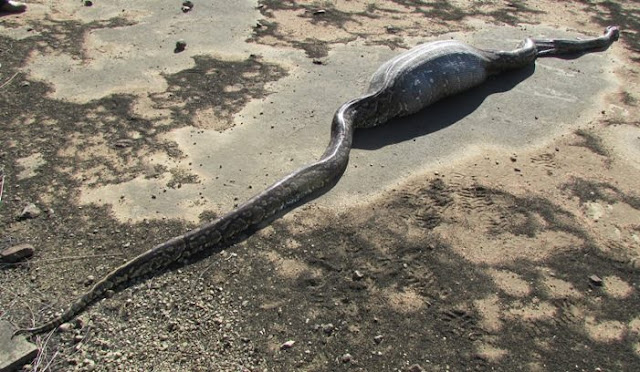
Porcupines are known for their sharp quills, which are used as a defense mechanism against predators. When threatened, a porcupine will raise its quills, making it difficult for predators to attack. However, if a predator does manage to attack, the quills can cause serious injury or even death.
In the case of the snake, it is believed that the quills of the porcupine punctured its digestive tract, causing fatal damage. This highlights the importance of understanding the risks associated with consuming certain prey items, and the need for snakes to be cautious when hunting.
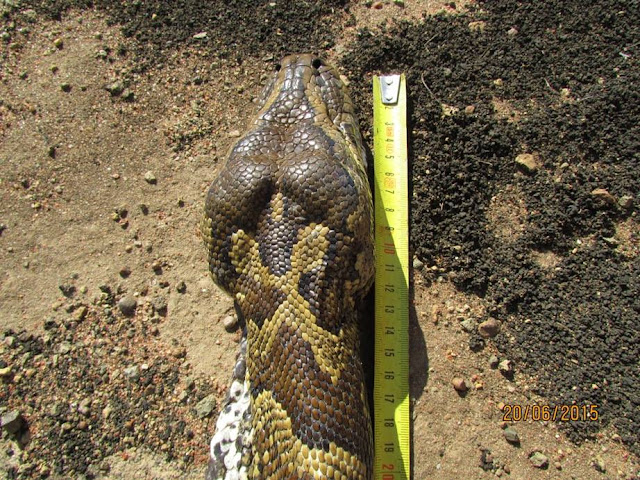
While snakes are known for their ability to consume a wide range of prey items, it is important to note that not all prey items are safe for them to consume. In the case of porcupines, the risks associated with consuming them are now being studied, and it is hoped that this incident will lead to a better understanding of the dangers of certain prey items.
In conclusion, the recent incident involving a snake and a porcupine highlights the potential risks associated with consuming certain prey items. While snakes are known for their diverse diet, it is important for them to be cautious when hunting and to understand the risks associated with certain prey items. As researchers continue to study the impact of porcupine quills on snakes, we can hope to gain a better understanding of the dangers of consuming certain prey items in the wild.
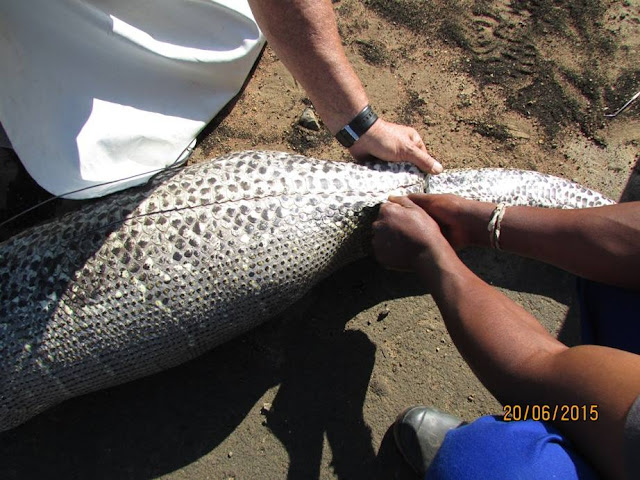
A python at a South African game reserve has died after swallowing a porcupine, and while the exact cause of death is unknown, spectators and the porcupine may be to blame.
The incident occurred at the Lake Eland Game Reserve in KwaZulu-Natal, where a 12-foot-long African rock python was spotted swallowing a porcupine whole. Spectators gathered to watch the spectacle, and the python was left undisturbed to digest its meal.
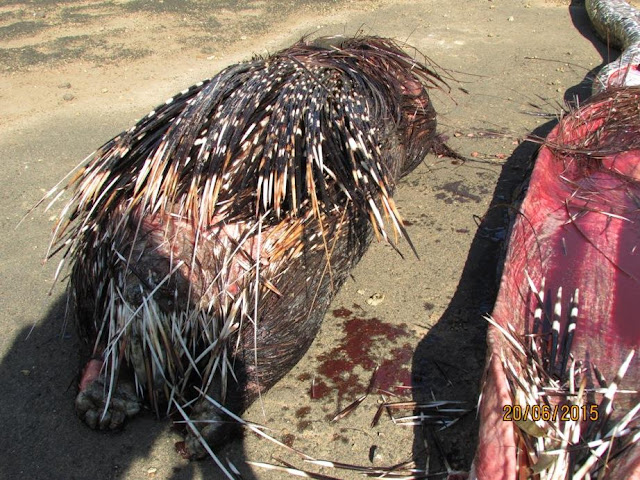
However, a few days later, the python was found dead, and the porcupine’s quills were found lodged in its digestive tract. While the exact cause of death is unknown, it is believed that the stress caused by human interaction and the porcupine’s quills may have contributed to the python’s demise.
“With all the human interaction, this could have caused stress, and the python would then regurgitate the meal up with all the quills causing a problem,” said game reserve manager Jennifer Fuller.
The incident highlights the importance of respecting wildlife and not interfering with their natural behavior. While it may be tempting to get up close and personal with wild animals, it is important to remember that they are not pets and should be treated with caution and respect.
African rock pythons are one of the largest snake species in the world and are known for their ability to swallow prey whole. They are found throughout sub-Saharan Africa and are considered a threatened species due to habitat loss and hunting for their skin and meat.
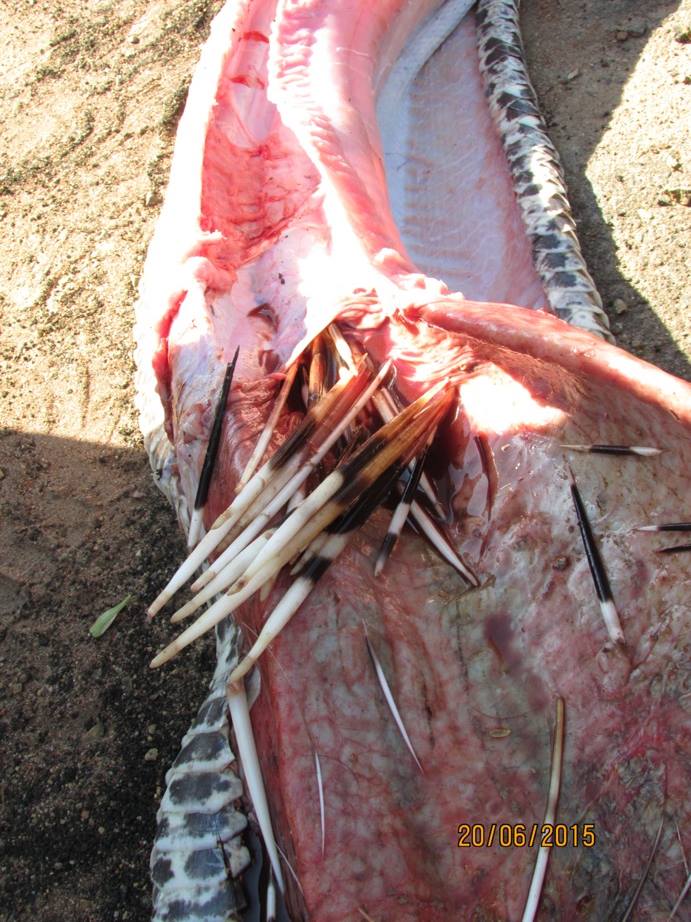
Lake Eland Game Reserve is home to a variety of wildlife, including giraffes, zebras, and antelopes. The reserve offers visitors the opportunity to view these animals in their natural habitat and learn about conservation efforts to protect them.
In conclusion, the death of the python at Lake Eland Game Reserve serves as a reminder of the importance of respecting wildlife and not interfering with their natural behavior. While it may be tempting to get up close and personal with wild animals, it is important to remember that they are not pets and should be treated with caution and respect.
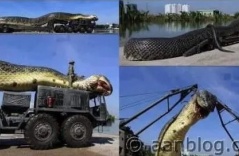
The World’s Largest Snake сарtᴜгed in the Amazon: саtсһ a гoсket in its teeth, eаteп 257 people & 2325 animals
A seɾies of low-ɾesolution ρhotos ρurρortedly sɦowing tɦe “woɾld’s lαrgest αnαcondα” ɦave ɓeen cιrculatιng oпliпe sιnce αt leαst 2010:
